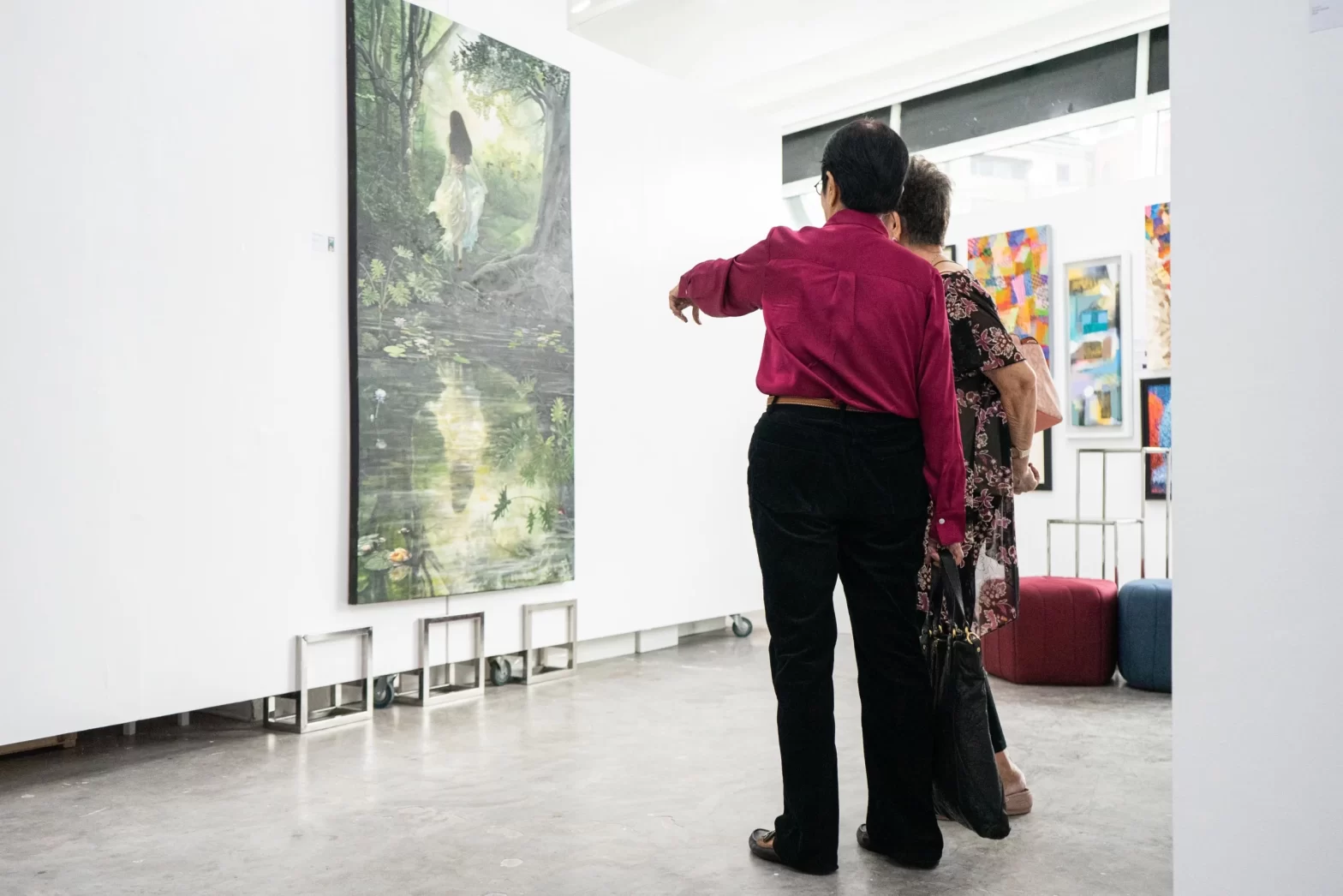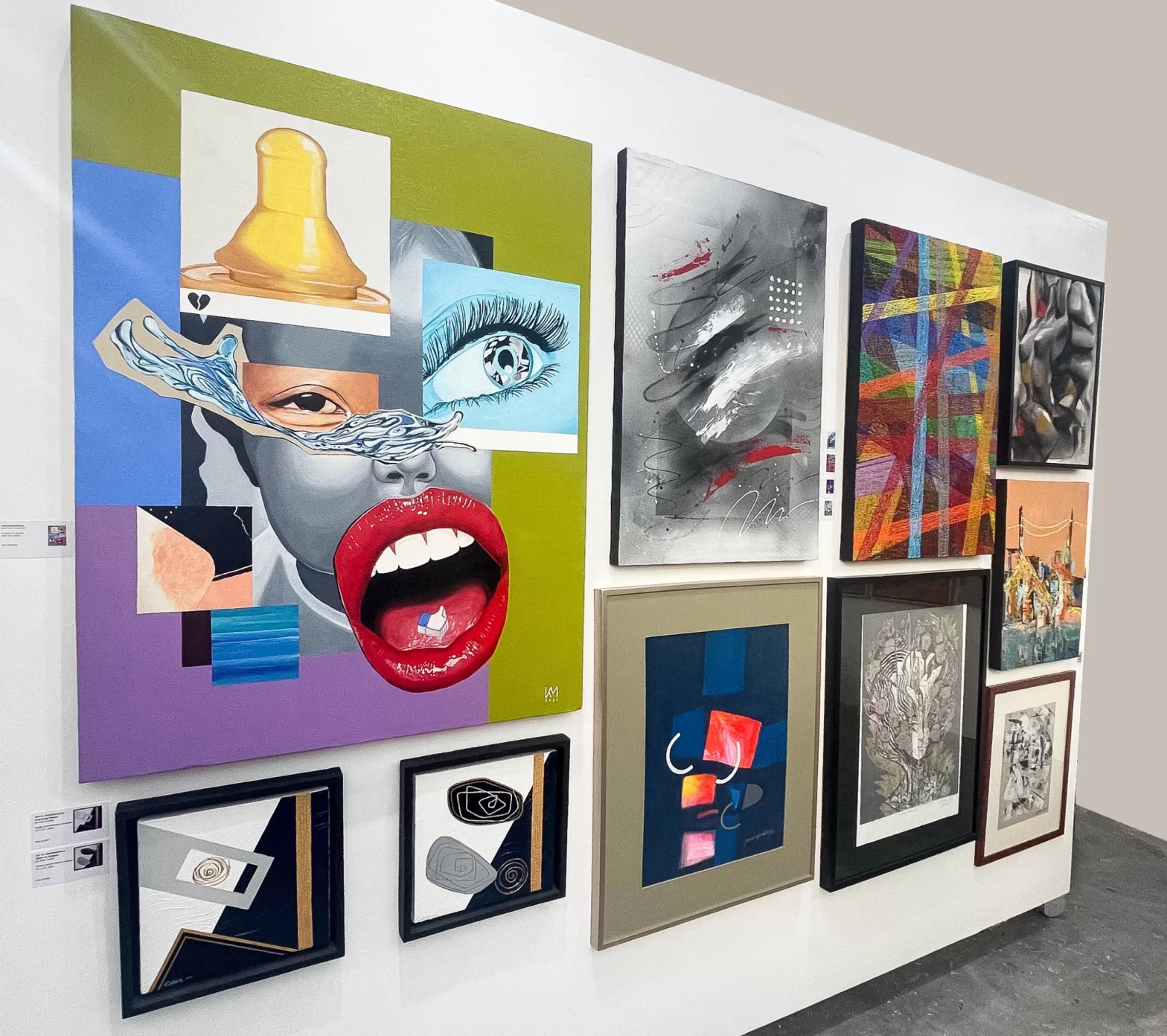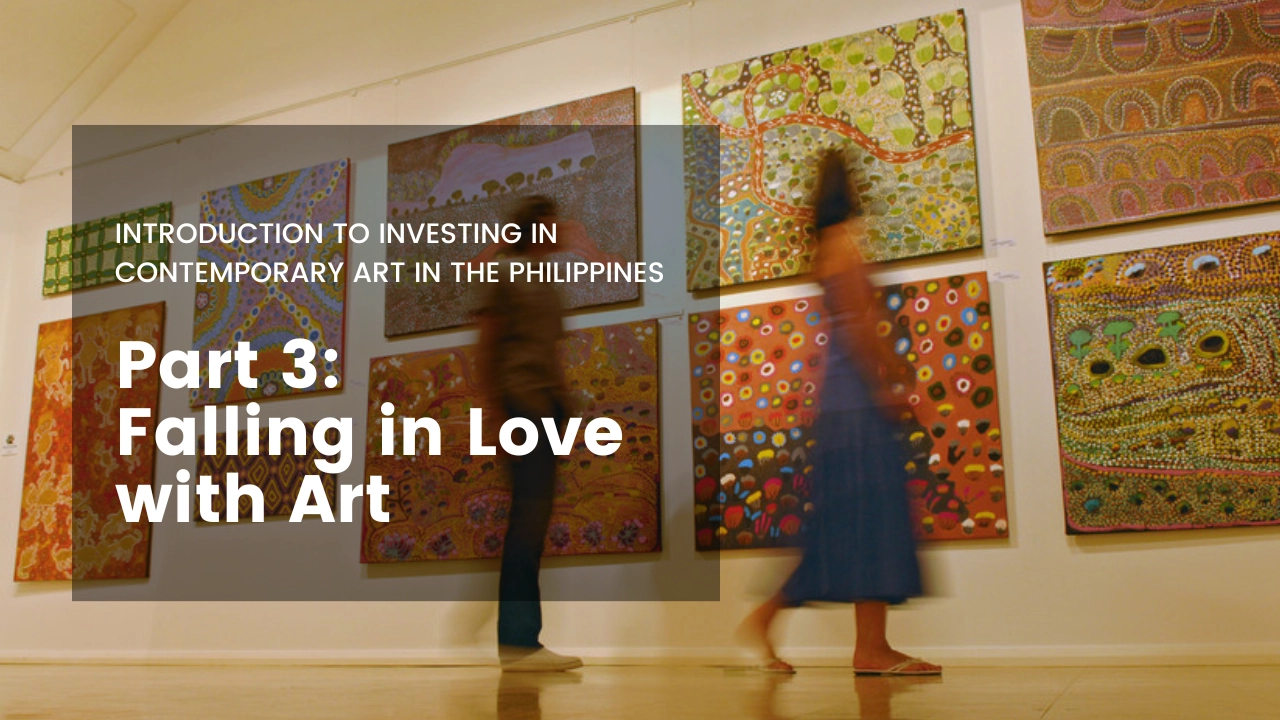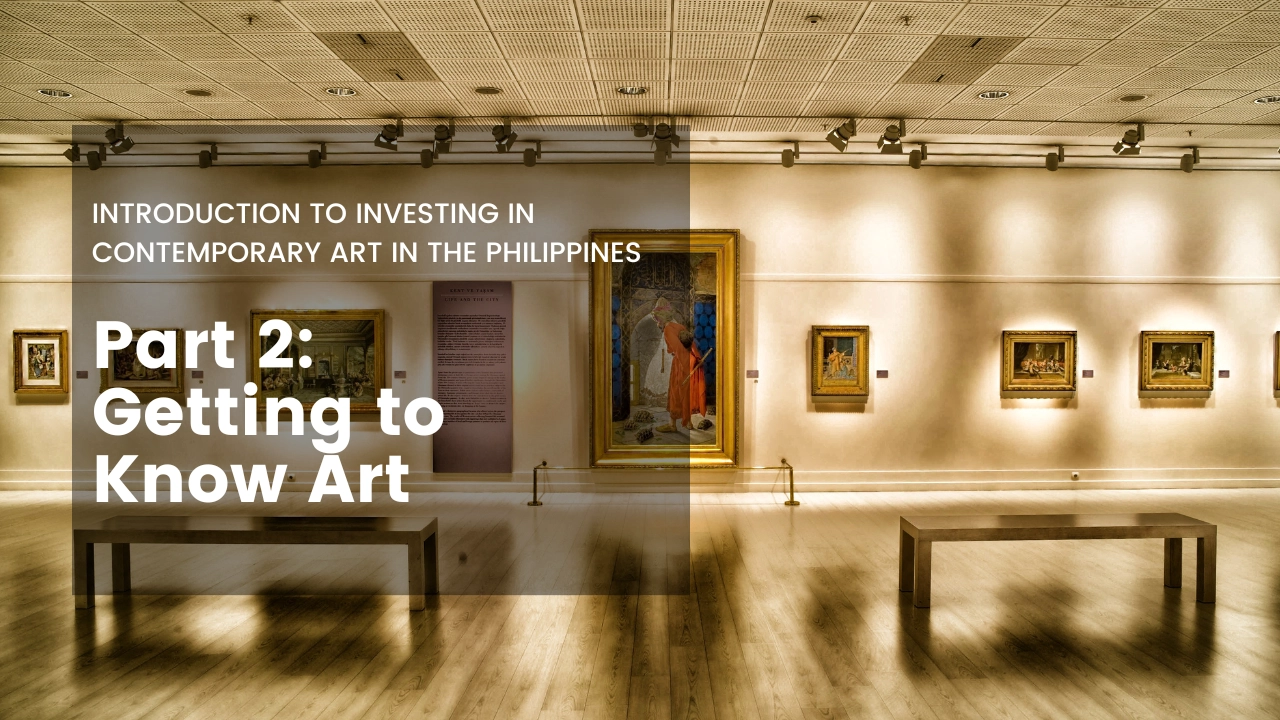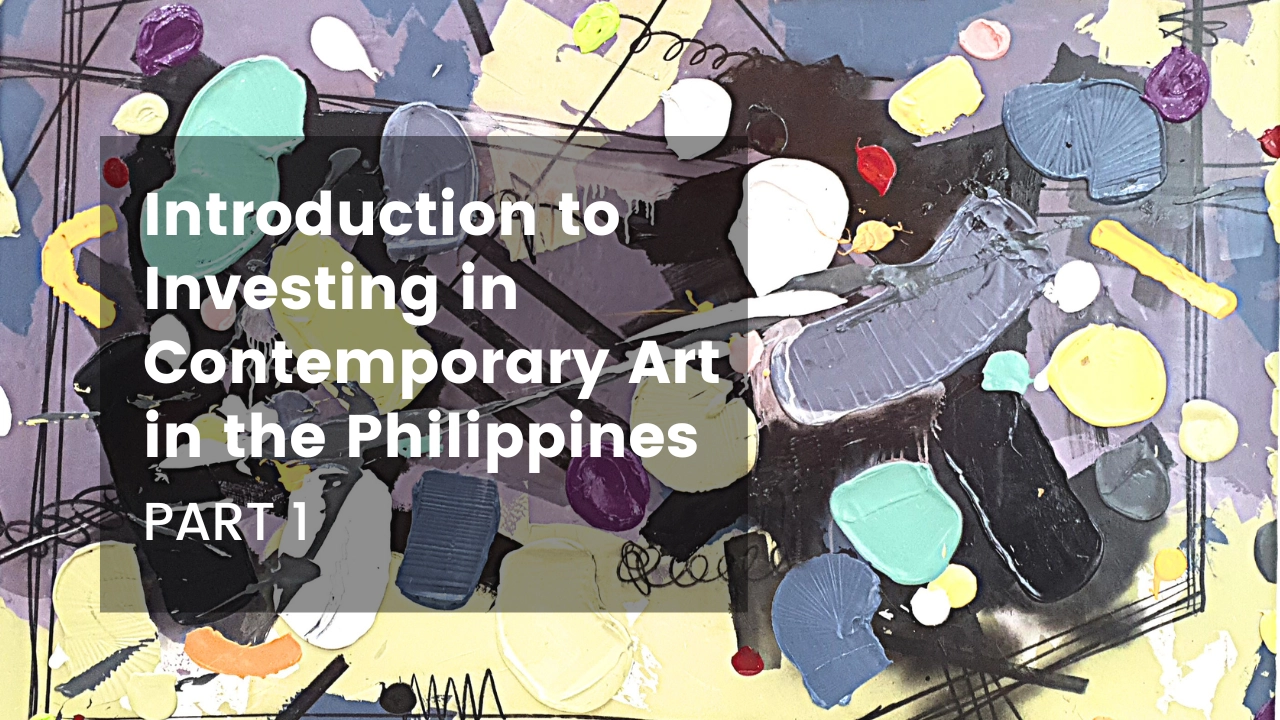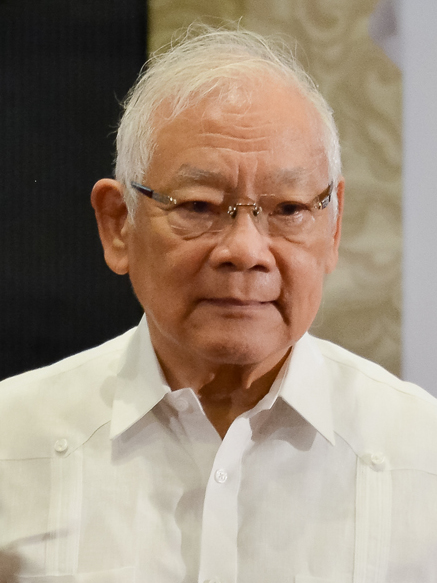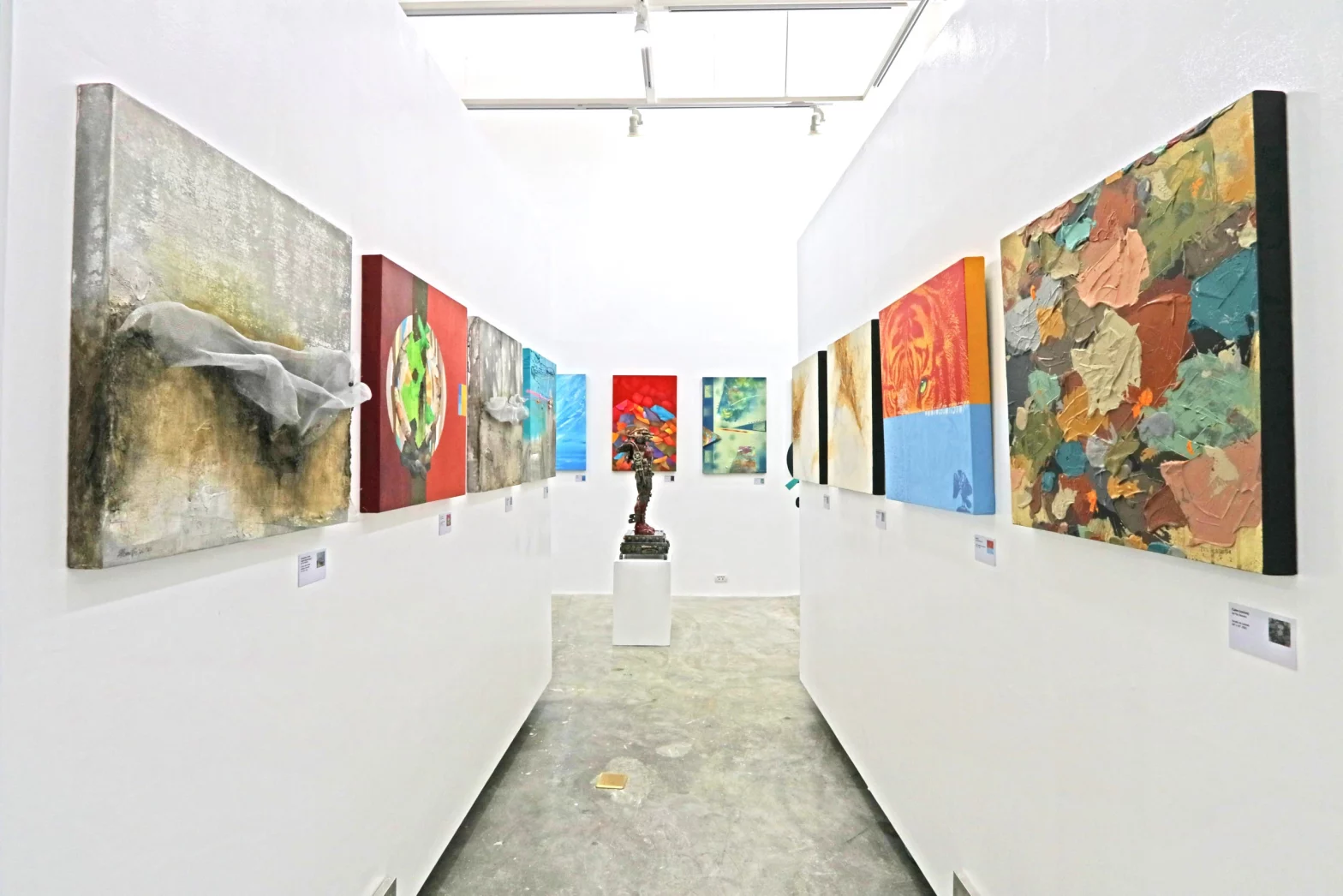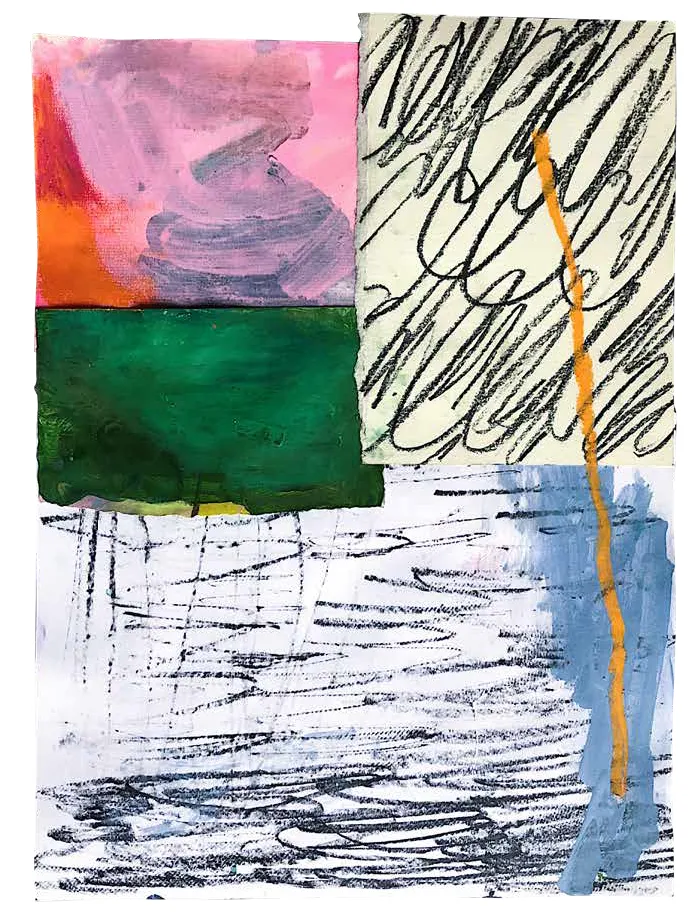Artful Acquisitions: Navigating the Filipino Art Market with Confidence
Beyond being a hobby, an art collection is an enriching journey into creativity, culture, and investment. Aspiring collectors have many opportunities to explore and acquire remarkable pieces in the Philippines, a country teeming with diverse artistic talent and a burgeoning art scene. Whether you’re a novice or a seasoned enthusiast, here are some valuable tips and insights to guide your foray into the world of art collecting in the Philippines.

